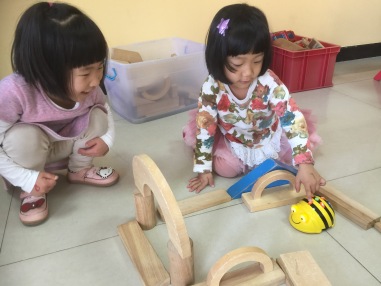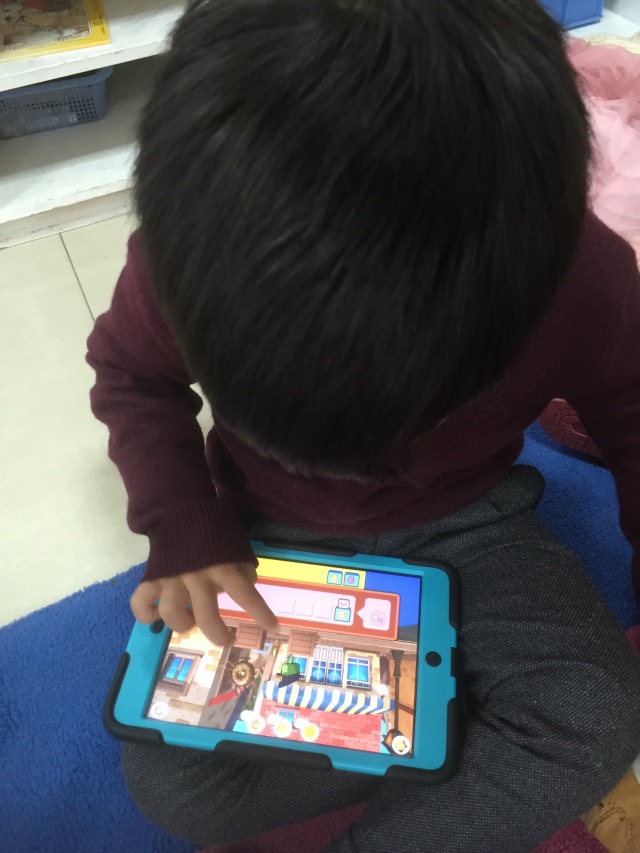Community, BIG and small
On my teaching evaluation a few years ago I got a recommendation to do community service projects with my kids. Truthfully I kind of dismissed it–I teach 3-5 years, for goodness sake–how am I supposed to do authentic community service with egocentric little ones?!! It’s taken me a while to really take on this challenge to develop the spirit of community service into practice. However, little children can be so incredibly kind hearted and caring naturally, I have come to the understanding that I really need to think about how I can bridge this sweetness into a larger view: the Community.
Well, this past unit seemed to be the perfect impetus for this. Our central idea was: People can help our communities by working in different ways. One of the key concepts that we were working on was responsibility, so I really wanted the kids to understand that no matter what age or ability level, we can be helpers in a community. Secondly, we were exploring the attitude of appreciation, so I wanted them to demonstrate ways that we can say “thank you” to others for their help. These 2 learning intentions solidified into a final project, in which our little classroom community came up with a way to say “thank you” to helpers in the larger community.
After much reflection and class discussion, we decided that firefighters have a really tough and dangerous job. Since it was around Christmas, we thought cookies would be a sweet treat that they would like; also, I knew it would be a selfless act to give away something that they really wanted for themselves (cookies!) to another person which would teach what it means to be of service. We also made a card with a special message to our everyday heroes.
I was really surprised that the kids didn’t complain about not tasting the cookies, and they really enjoyed making them. When we visited the fire station to deliver the cookies, we dressed up in some festive Christmas hats to spread some holiday cheer. Originally, it had been my intention to just drop off the cookies and say thank you, but the firemen would have none of that–they had to give us a proper tour of the station. Although I am not posting all of the pictures of the trip, they really went far beyond our expectations of a field trip to their station. They took us through their training courses, putting on uniforms, climbing ladders and let the kids try to operate their tools. It was awesome! Everyone really got to appreciate how hard they have to work to do their job.
After the “day in the life” of a firefighter, we gave them our present of cookies and our cards. It was an incredible experience. I hope this first experience of a community service project helps to develop the concept of giving, in which, when we give from the heart, we always get more than we give.























